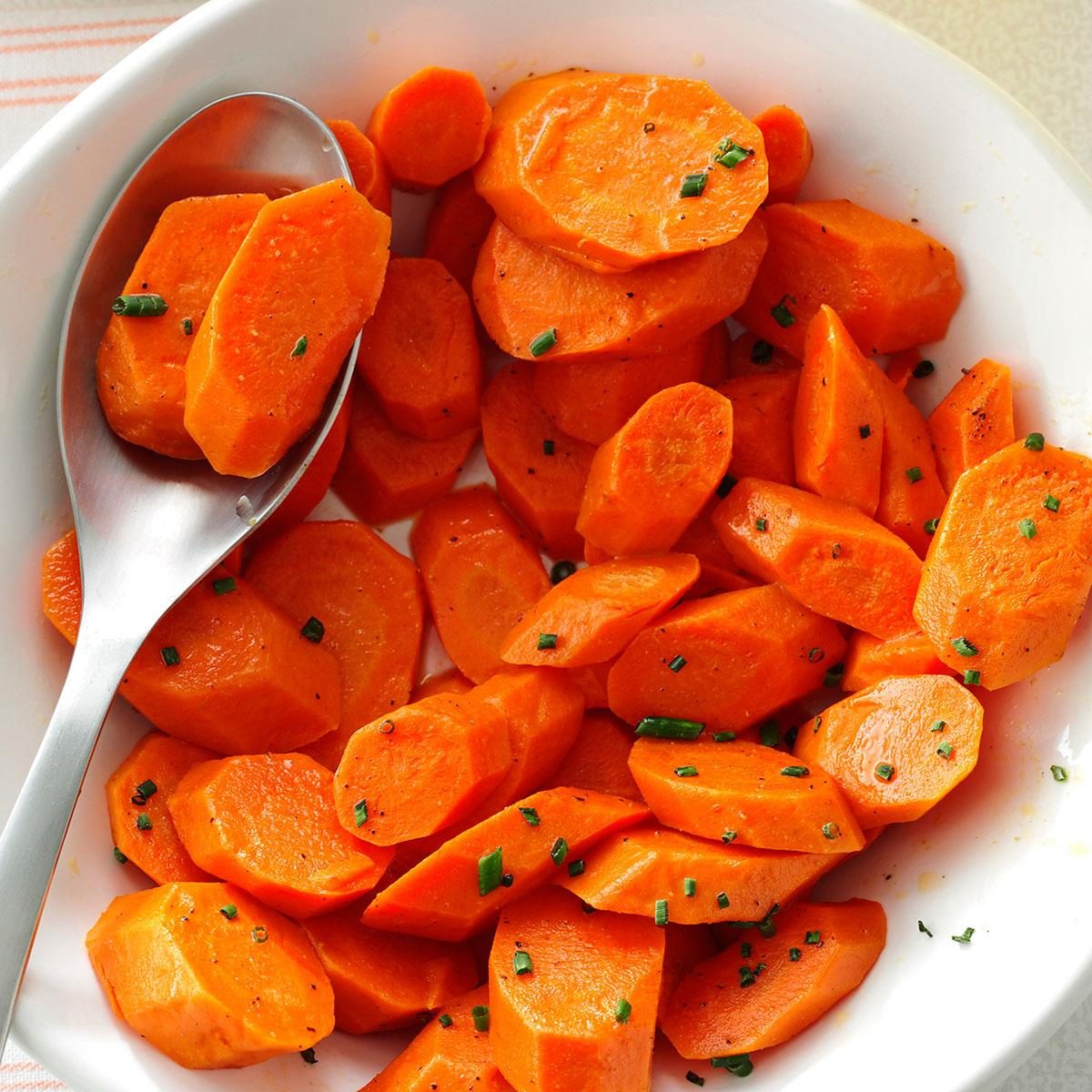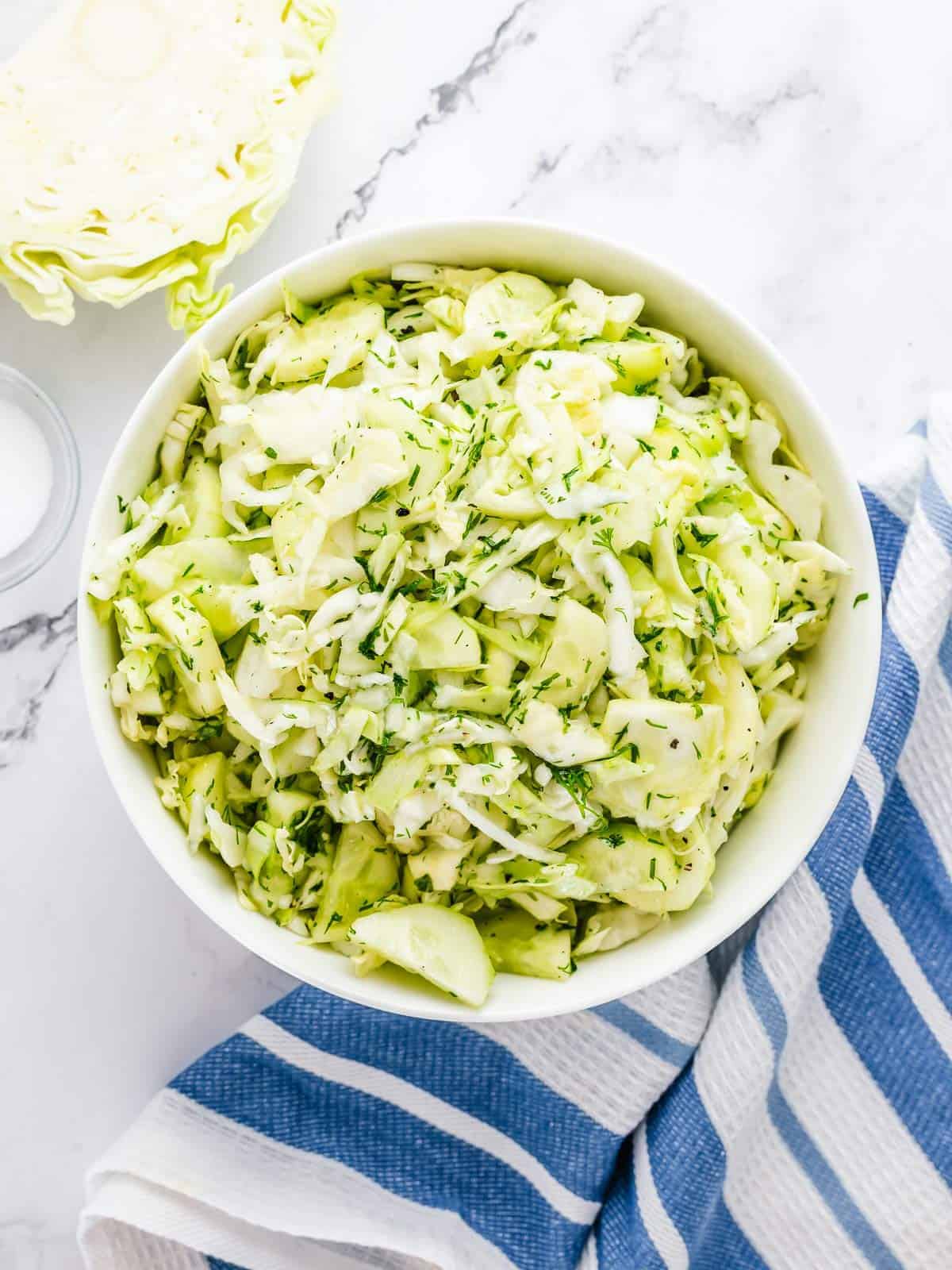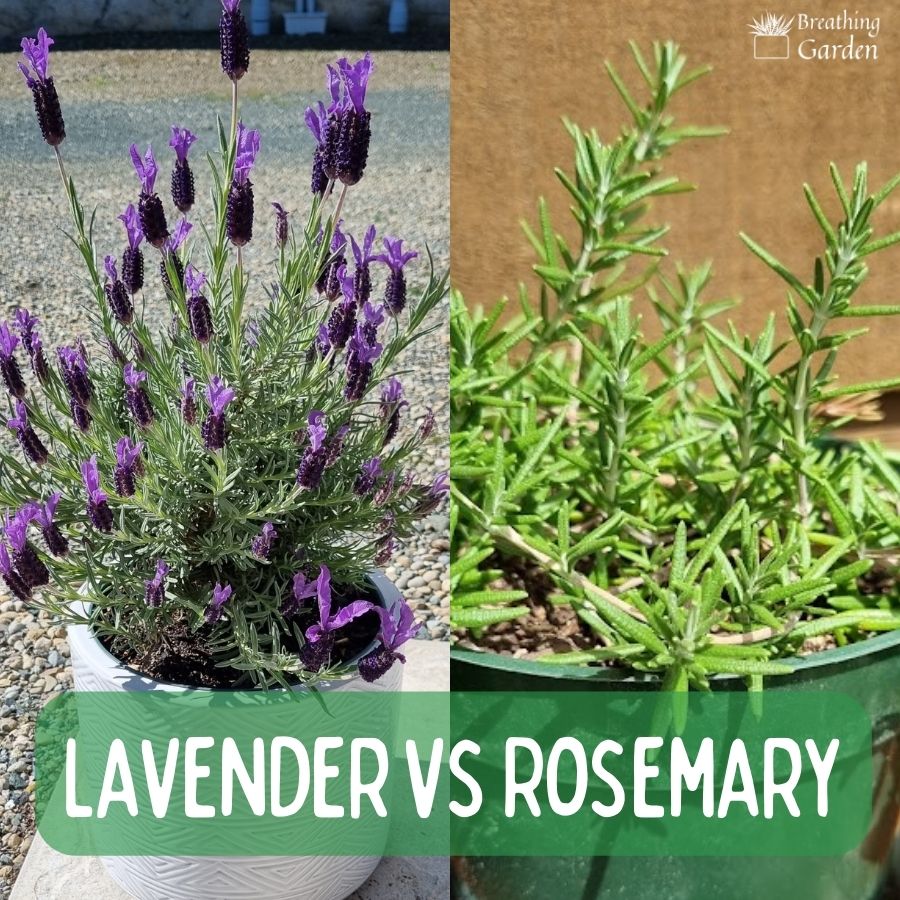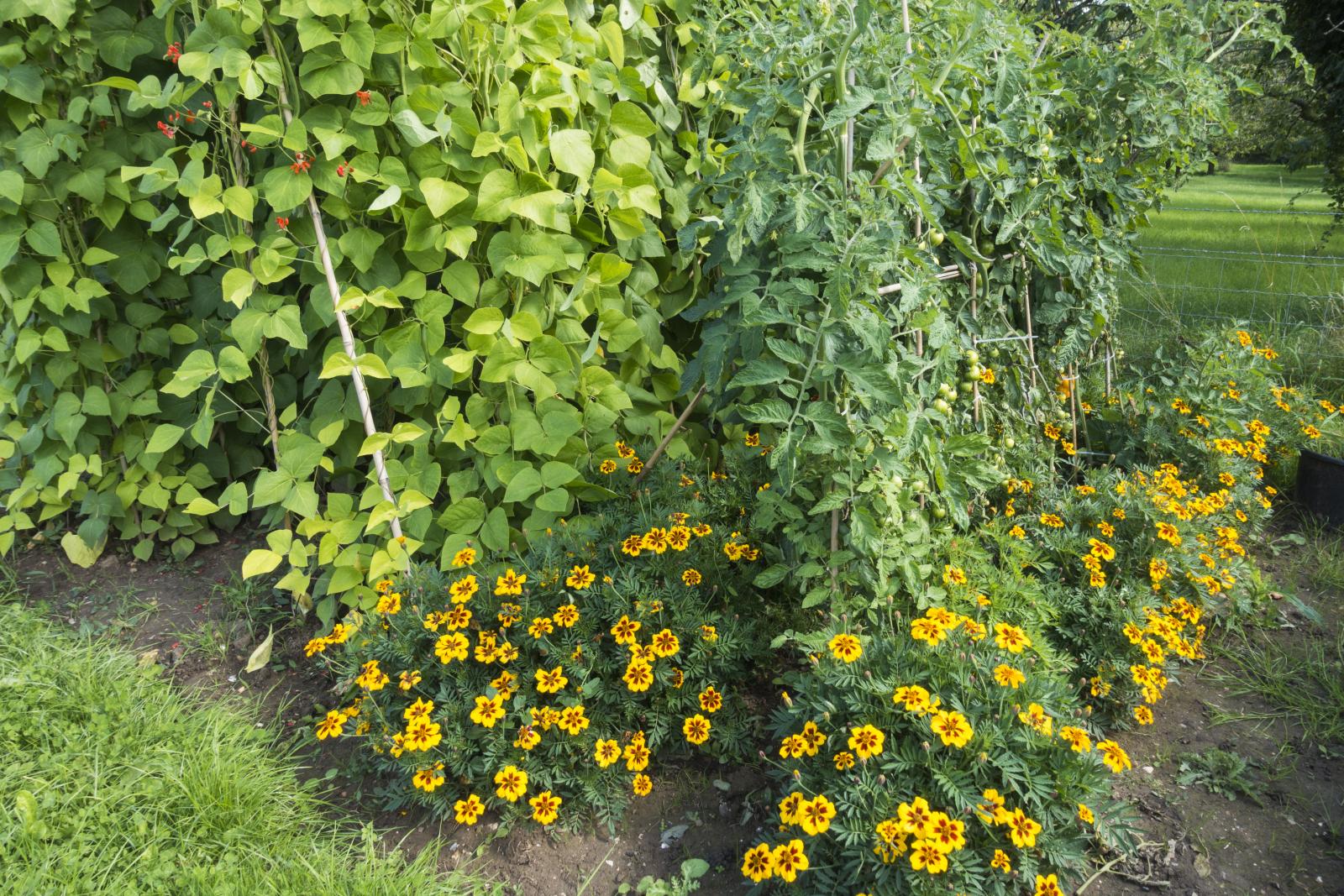Savory Companion Plants: The Ultimate Guide To Growing Herbs Together
Savory Companion Plants: The Ultimate Guide to Growing Herbs Together
Herbs are a great way to add flavor and nutrition to your meals. But did you know that planting certain herbs together can actually benefit each other? This is called companion planting, and it's a great way to boost your herb garden's productivity and health.
In this guide, we'll discuss the benefits of companion planting, and we'll provide a list of savory herbs that grow well together. We'll also give you some tips on how to plant and care for your companion herbs.
Benefits of Companion Planting
There are many benefits to companion planting. Some of the most common benefits include:
- Increased yields: Companion plants can help to attract beneficial insects, which can help to pollinate your plants and control pests. They can also help to improve the soil quality, which can lead to healthier and more productive plants.
- Disease resistance: Some companion plants can help to protect each other from diseases. For example, planting basil near tomatoes can help to deter the tomato hornworm.
- Attract pollinators: Many herbs attract beneficial insects, such as bees and butterflies. These insects are important for pollination, which is essential for plant reproduction.
- Improved flavor: Some companion plants can actually improve the flavor of each other. For example, planting mint near strawberries can help to enhance the strawberry's sweetness.
Savory Herbs That Grow Well Together
Here are some savory herbs that grow well together:
- Basil and tomatoes. Basil is a classic companion plant for tomatoes. It helps to deter pests, such as the tomato hornworm, and it can also improve the flavor of the tomatoes.

- Chives and carrots. Chives help to repel carrot flies, which can damage carrots. They also help to improve the flavor of carrots.

- Dill and cabbage. Dill helps to repel cabbageworms, which can damage cabbage. It also helps to improve the flavor of cabbage.

- Lavender and rosemary. Lavender and rosemary are both Mediterranean herbs that thrive in hot, dry climates. They also help to attract beneficial insects, such as bees and butterflies.

- Marjoram and oregano. Marjoram and oregano are both members of the mint family. They have similar growing requirements and they can help to repel pests, such as aphids.
- Parsley and beans. Parsley helps to improve the nitrogen content of the soil, which is beneficial for beans. Beans, in turn, help to suppress weeds.

- Sage and thyme. Sage and thyme are both hardy herbs that can tolerate heat and drought. They also help to attract beneficial insects, such as bees and butterflies.
Planting and Caring for Companion Herbs
When planting companion herbs, it's important to consider their sunlight and water requirements. Most herbs prefer full sun, but some, such as parsley, can tolerate partial shade. Most herbs also prefer well-drained soil.
Once you've planted your companion herbs, it's important to water them regularly, especially during hot, dry weather. You should also fertilize them every few weeks with a balanced fertilizer.
With a little care and attention, your companion herbs will thrive and provide you with years of delicious and nutritious food.
Savory is a versatile herb that can be used in a variety of dishes, from soups and stews to grilled meats and vegetables. It has a slightly bitter, yet savory flavor that pairs well with many other foods. When planting savory in your garden, it's important to consider its companion plants. Some good companions for savory include beans, melons, onions, garlic, and tomatoes. These plants can help to deter pests, attract beneficial insects, and improve the overall health of your savory plants.
For more information about savory companion plants, I recommend visiting Gardenia Inspiration. This website provides a comprehensive list of companion plants for savory, as well as tips on how to plant and care for these herbs. You can also find recipes and other gardening resources on this website.
FAQ of savory companion plants
- What are some good companion plants for savory?
Some good companion plants for savory include tomatoes, cucumbers, beans, cabbage, and broccoli. Savory can help to deter pests from these plants, and it can also improve their flavor.
- How far apart should I plant savory plants?
Savory plants should be planted about 12-18 inches apart. This will give them enough room to grow and spread.
- How much sun do savory plants need?
Savory plants need full sun to thrive. They should be planted in a spot that gets at least 6 hours of direct sunlight per day.
- What kind of soil do savory plants need?
Savory plants prefer well-draining soil that is rich in organic matter. If your soil is sandy or clayey, you may need to add some compost or other organic matter to improve drainage.
- How often should I water savory plants?
Savory plants need to be watered regularly, especially during hot, dry weather. Water them deeply once or twice a week, or more often if the soil is dry.
Image of savory companion plants
- Summer savory and tomatoes: Summer savory is a good companion plant for tomatoes because it helps to repel tomato hornworms and other pests. It also helps to improve the flavor of tomatoes.

- Summer savory and beans: Summer savory is another good companion plant for beans. It helps to repel bean beetles and other pests. It also helps to improve the growth and flavor of beans.

- Summer savory and onions: Summer savory is also said to help to make onions sweeter when planted nearby.

- Winter savory and other perennial herbs: Winter savory is a perennial herb that can be grown with other perennial herbs such as hyssop, lavender, thyme, and sage. These herbs all have similar needs and can help to support each other.

- Savory and flowers: Savory can also be planted with flowers such as marigolds and nasturtiums. These flowers help to attract beneficial insects such as ladybugs and hoverflies, which can help to control pests in the garden.


Post a Comment for "Savory Companion Plants: The Ultimate Guide To Growing Herbs Together"